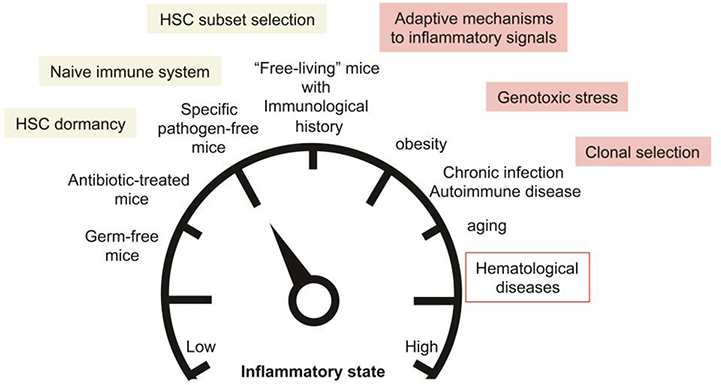Fig. 3: Modeling the impact of the inflammatory landscape on the HSC compartment and its potential long-term contribution to hematological diseases.

Use of animal models with low inflammatory background such as germ-free mice, antibiotic-treated mice or specific pathogen-free mice could affect key feature of the HSC compartment at steady state and alter their response to stress. Normalization of the inflammatory state to mimic the situation occurring in “free-living” animals could provide a more accurate picture of the HSC biology in physiological conditions. Finally modeling the alterations of the inflammatory landscape in common patho-physiological conditions such as obesity, chronic infection and aging could provide crucial information on the long-term contribution of inflammatory signals in dysregulating HSC molecular programs, promoting genomic instability and selecting pre-leukemic clones.
